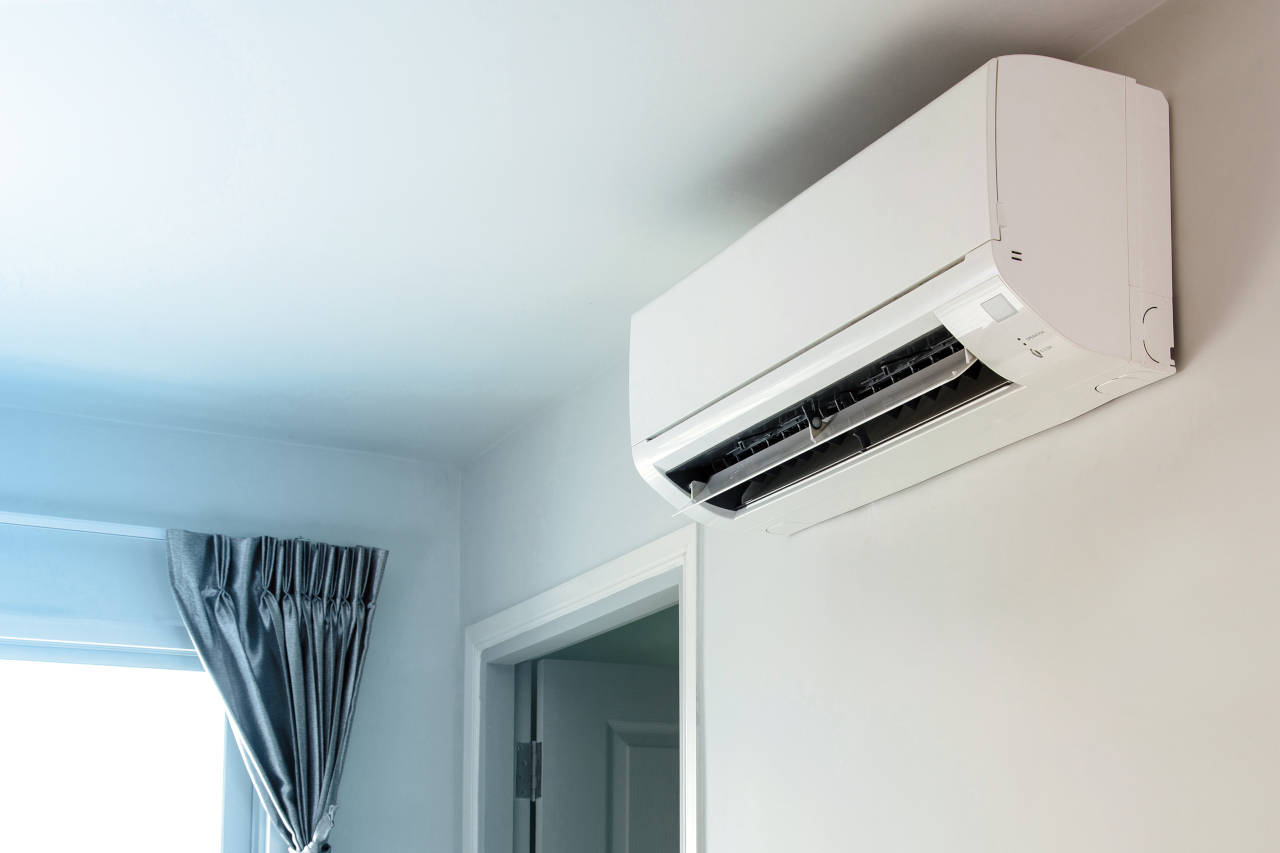Cost to Install a Ductless Mini-Split System – 2025 Prices
Ductless mini-split heating and cooling systems are becoming more and more popular due to the ease of installation and relatively low cost compared to other options.
These systems are often more eco-friendly and can be a good alternative to traditional heating and cooling systems. They run on electricity but use much less energy to operate than other systems, making them both efficient and heating budget-friendly.
2025 Ductless Mini-Split Costs
Calculate local project costs by entering your zip code.
Custom Location
| Typical Price Range | $2,000 - $14,000 |
Get free estimates from contractors near you.
On this page:
How Much Does a Mini-Split Cost?
One of the most significant incentives for installing a ductless mini-split, or a multi-split air conditioner, is the savings from not needing to install ducts. Installing a new forced-air heating and cooling system requires ductwork from a central point to each room.
That installation could require tearing into ceilings, floors, or walls, running the ducts, and making repairs. Unless you are already doing a renovation and you can put in the tubes before closing up, duct installation could cost thousands more. The typical ductless A/C costs half of what it costs for an HVAC system.
On average, a ductless mini-split costs $2,000 to $14,000 to install. That varies dramatically on several factors, such as the size of the unit(s), number of zones needed, and cost of labor in your area. The larger your home or the area you want to heat and cool, the more expensive the system will cost.

What Factors into the Cost?
But how much does it cost to buy and install a ductless mini-split? A 21 Seasonal Energy Efficiency Ratio (SEER) rated, 12,000 British Thermal Unit (BTU), one-ton unit will average around $3,000 to $4,900, installed for single zone homes.
If you need multi-zones, the same system will cost $4,200 to $7,900. And if you want the highest SEER rated systems of 40 SEER or above, expect costs to be between $10,000 and $14,000 for a system of this size.
Costs depend on the SEER rating, BTUs, number of units or zones, brand, and installation labor.
A ductless mini-split system has three components, the outside condenser, the inside evaporator/blower, and the conduit that links the two. Keep in mind that most homes will need more than one blower inside, and the more zones you have, the more lines you have to run.
Installation labor will depend on where and how you will install the unit. Installing a unit, or units, on the second or higher floor will require more wiring, refrigerant lines, and conduit.
Usually, refrigerant lines run $5.00 – $7.00 per linear foot, and electrical costs $6.00 to $8.00 per linear foot. Therefore, you will not only spend more on materials but on labor as well.
Another consideration when installing a new system is the electrical draw. Installing a mini-split unit will require electrical wiring to the unit. Particularly in older homes, you might need to upgrade the electrical panel, which averages around $1,100.
Determining the Desired SEER Rating
The SEER measures the seasonal efficiency of your A/C or heat pump. SEER numbers range between 14 and 41. A SEER rating of at least 21 is best for your unit if you live in most climates.
However, if you live in a very hot climate, you may want to consider a higher SEER to lower your energy usage even more. If you don’t plan on using the unit very often, then a lower SEER may be sufficient.
Keep in mind that if you plan on using the system for supplemental heat as well, you will need to ensure it produces enough heat for your climate as well as having the best SEER for your needs as well.
Therefore, you could equate SEER to MPGs for a car; the higher the number, the more proficient it is. It is crucial to keep in mind that more efficient units cost more initially but are cheaper to run.
Determining How Many Zones You Need
Many refer to zoning in a home as controlling the temperature in different areas. The number of zones you need in your home is an individual choice. If you want to be able to set a different temperature in your bedroom than in another room, it should be considered a different zone.
Usually, a mini-split outside condenser can lead to five indoor units, but the more indoor units you have, the more efficient the outdoor condenser should be.
With a large house, you might even use two or more outside condensers and multiple wall or ceiling mounts.
Mini-Split Units vs. Window Unit & Baseboard Heating
Mini-split systems can heat as well as cool, so you could use a mini-split system to replace an old baseboard heating system. Use our BTU calculator to calculate how many BTUs your new unit should use, considering the number of square feet you will heat or cool.
Keep in mind that while mini-splits are more efficient to run than baseboard heating, if you want this to be your main heat source, you will need to take your climate into consideration year-round rather than just for the summer.
Likewise, if you have an HVAC system and convert the area over the garage or put on an addition, you could use a mini-split system rather than running more duct or putting in bulky window units.
Mini-split systems can heat and cool larger spaces than individual window and baseboard units. They generally cost less to operate than window or baseboard systems as well. Further, they are much more aesthetically pleasing in the space than a window unit.
Get Help Finding Professionals for an Install
Unless you have a heating and cooling background, this is not a DIY project. Choosing a unit that is too big will cause the unit to run for a short period and turn off and repeat that cycle frequently.
A system that is too small will run continuously. Therefore, it is best to have a professional determine which unit you should install.
A typical installation by an HVAC professional will cost $800 to $2,300 for labor. However, you could recoup that investment quickly through reduced operating expenses.
Get three or more estimates from HVAC professionals in your area who are willing to do an in-home consultation. Looking at your home will give them a better idea of the conditions for installation, insulation, doors, windows, and other factors for a more accurate estimate.
Typically, there is no requirement for a permit, but the technicians will know if you need one.
All pricing information on this page is based on average industry costs, and is subject to variance for project-specific materials, labor rates, and requirements.


